| Product Specifications |
| Item Name |
D120JCT-LS-EW / 884-594 |
| Product Descrption |
12-port Analog, Loop-Start, PCIe |
| Technical Specifications |
| Number of ports |
12 |
| Maximum boards per system |
8 (Linux and Windows). Number may be limited by application and system performance |
| CT Bus loads per board |
1 |
| Maximum CT Bus loads per system |
20 |
| Analog network interface |
On-board loop start interface (12) |
| Resource sharing bus |
CT Bus |
| Control microprocessor |
Intel 80486 GXSF running at 32.768 MHz with MB SDRAM |
| Digital signal processor |
Freescale DSP56303 @ 100MHz, with 128K24 private SRAM |
| Supported operating systems |
Linux Dialogic System Release 6.1 SU Windows: Dialogic System Release 6.0 SU |
| CSP |
Yes |
| Fax |
Yes |
| Signaling |
Analog loop start |
| Host Interface – PCI |
| Bus compatibility |
Complies with PCI-SIG BUS Specification, Rev. 2.2 |
| Bus speed |
33 MHz maximum |
| Bus mode |
32-bit |
| Shared memory |
32 KB to 64 KB page |
| Interrupt level |
1 IRQ (INTA) shared by Dialogic® JCT Media Boards, including Dialogic® D/4PCIUF and D/4PCIU4S Media Board models |
| I/O ports |
None |
| Platform – PCI |
| Form factor |
- Universal slot (5 V or 3.3 V) PCI long card
- 12.28 in. (31.2 cm) long
- 4.2 in. (10.67 cm) high
|
| Power Requirements – PCI |
| +5 VDC |
1.2 A typical; 1.4 A maximum |
| +12 VDC |
235 mA typica; 285 mA maximum |
| -12 VDC |
80 mA typical; 100mA maximum |
| Host Interface – PCI Express |
| Bus compatibility |
Complies with PCI-SIG PGI Express Base Specification, Rev. 1.1 |
| Bus speed |
2.5 GHz maximum per direction |
| Bus mode |
x1 lane configuration (x1 or higher compatible) |
| Shared memory |
32 KB to 64 KB page |
| Interrupt level |
1 IRQ (INTA) shared by Dialogic® JCT Media Boards, including Dialogic® D/4PCIUF and D/4PCIU4S Media Board models |
| I/O ports |
None |
| Platform – PCI Express |
| Form factor |
- PCI Express x lane configuration (or higher)
- 12.28 in. (31.2 cm) long
- 4.2 in. (10.67 cm) high
|
| Power Requirements – PCI Express |
| +3.3 VDC |
1.12 A typical, 1.4 A maximum |
| +12 VDC |
800 mA typical, 900 mA maximum |
| Enviromental Requirements – PCI and PCI Express |
| Operating temperature |
+32°F (0°C) to + 122°F (+50°C) |
| Storage temperature |
-4°F (-20°C) to 158°F (+70°C) |
| Humidity |
8% to 80% noncondensing |
| Telephone Interface |
| Trunk type |
- Loop start
- Ground start for inbound application with AC ringing
|
| Impedance |
600 Ohms nominal |
| Ring detection |
40 Vrms to 130 Vrms, 15.3 Hz to 68.0 Hz (each configurable by parameter) |
| Loop current range |
20 mA, (Euro) 20 to 120 mA, polarity insenstive |
| Echo return loss |
17 dB minimum (at country impedance) |
| Crosstalk coupling |
>–75 dB |
| Speech digitization |
64 kbit/s, µ-law PCM |
| Frequency response |
300 Hz to 3400 Hz ±3 dB (transmit and receive) |
| Connector |
RJ-25, 6-port, 6-position |
| Hazardous substances |
RoHS Compliance |
| Reliability |
| Estimated MTBF<br
|
Per Telcordia
- 154,000 hours
- 154,000 hours
|
| Facsimile |
| Fax compatibility |
- ITU-T G3 compliant (T.4, T.30)
- ETSI NET/30 compliant
|
| Maximum data rate |
- 14.4 kbit/s (v.17) send
- 9.6 kbit/s (v.29) receive
|
| Variable speed selection |
Automatic step-down 12,000 bit/sm 9600 bit/s, 7200 bit/s, 4800 bit/s, and lower |
| Transmit data modes |
- Modified Huffman (MH)
- Modified Read (MR)
|
| Receive data modes |
MH, MR |
| File data formats |
Tagged Image File Format-Fax (TIFF-F) for transmit/receive MH and MR |
| ASCII-to-fax conversion |
- Host-PC-based conversion
- Direct transmission of text files
- Windows fonts supported
- Page headers generated automatically
|
| Error correction |
Detection, reporting, and correction of faulty scan lines |
| Image widths |
- 1728 pixels
- 2048 pixels
- 2432 pixels
|
| Image scaling |
Automatic horizontal and vertical scaling between page sizes |
| Polling modes |
|
| Image resolution |
- Normal (203 pel/in. x 98 lines/in.; 203 pels/2.54 cm x 98 lines/2.54 cm)
- Fine (203 pel pel/in.x 196 lines/in,; 203 pels/2.54 cm x 196 lines/2.54 cm)
|
| Audio Signal |
| Receive range |
-40 dBm to -7 dBm nominal, configurable by parameter |
| Automatic gain control |
- Application can enable/disable
- Above -22 dBm results in full-scale recording, configurable by parameter
|
| Silence detection |
-40 dBm nominal, software adjustable |
| Transmit level (weighted average) |
-9.5 dBm nominal, configurable by parameter |
| Transmit volume control |
40dB adjustment range, with application-definable increments, capped according to country-specific regulations |
| Frequency Response |
| 24 kbit/s |
300 Hz to 2600 Hz ±3 dB |
| 32 kbit/s |
300 Hz to 3400 Hz ±3 dB |
| 48 kbit/s |
300 Hz to 2600 Hz ±3 dB |
| 64 kbit/s |
300 Hz to 3400 Hz ±3 dB |
| Frequency Response |
| 13 kbit/s |
GSM 6.10 @ 8kHZ sampling |
| 24 kbit/s |
4-bit OKI ADPCM @ 6 kHz sampling |
| 32 kbit/s |
4-bit OKI ADPCM @ 8 kHz sampling |
| 32 kbit/s |
G.726 @ 8 kHz sampling |
| 48 kbit/s |
G.711 µ-law PCM @ 6 kHz sampling |
| 64 kbit/s |
G.711 µ-law PCM @ 8 kHz sampling |
| Digitization selection |
Selectable by application on function call-by-call basis |
| Playback speed control |
- Pitch controlled
- Available for 24 kbit/s and 32 kbit/s data rates
- Adjustment range: ±50%
- Adjustable through application or programmable DTMF control
|
| DTMF Tone Detection |
| DTMF digits |
0 to 9, *, #, A, B, C, D per Telcordia LSSGR Sec 6 |
| Dynamic range |
-38 dBm0 to -3 dBm0 per tone, configurable by parameter |
| Minimum tone duration |
40 ms, can be increased with software configuration |
| Interdigit timing |
- Detects lie digits with a >40 ms interdigit delay
- Detects different digits with a 0 ms interdigit delay
|
| Twist and frequency variation |
Meets Telcordia LSSGR Sec 6 and EIA 464 requirements |
| Noise tolerance |
Meets Telcordia LSSGR Sec 6 and EIA 464 requirements for Gaussian, impulse, and power line noise tolerance |
| Cut-through |
Local echo cancellation permits 100% detection with a >4.5 dB return loss line |
| Talk-off |
- Detects less than 20 digits while monitoring Telcordia TR-TSY-000763 standard speech tapes (LSSGR) requirements specify detecting no more than 470 total digits)
- Detects zero (0) digits wihile monitoring MITEL speech tape #CM 7291
|
| Global Tone Detection |
| Tone type |
Programmable for single or dual |
| Maximum number of tones |
Application-dependent |
| Frequency range |
Programable within 300 Hz to 3500 Hz |
| Maximum frequency deviation |
Programmable in 5 Hz increments |
| Frequency resolution |
± 5 Hz. Separation of dual-frequency tones is limited to 62.5 Hz at a signal-to-noise ratio of 20 dB |
| Timing |
Programmable cadence qualifier, in 10 ms increments |
| Dynamic range |
Programmable, defalut set at -6 dBm0 to -3 dBm0 per tone |
| Global Tone Generation |
| Tone type |
Generate singel or dual |
| Frequency range |
Programmable within 200 Hz ot 4000 Hz |
| Frequency resolution |
1 Hz |
| Duration |
10 ms increments |
| Amplitude |
Programmable withing -43 dBm to -3 dBm oer tone |
| MF Signaling |
| MF digits |
0 to 9, KP, ST, ST1, ST2, ST3 per Telcordia LSSGR Sec 6, TR-NWT-000506 and ITU-T Q.321 |
| Transmit level |
Complies with Telcordia LSSGR Sec 6, TR-NWT-000506 |
| Signaling mechanism |
Complies with Telcordia LSSGR Sec 6, TR-NWT-000506 |
| Dynamic range for detection |
-25 dBm0 to -3 dBm0 per tone |
| Acceptable twist |
6 dB |
| Acceptable freq. variation |
Less than ±1 Hz |
| Call Progress Analysis |
| Busy tone detection |
- Default setting designed to detect 74 out of 76 unique busy/congestion tones used in 97 countries as specified by ITU-T Rec. E., Suppl. #2
- Default uses both frequency and cadence detection
- Application can select frequency only for faster detection in specific environments
|
| Ring back detection |
- Default setting designed to detect 83 out of 87 unique ring back tones used in 96 countries as specified by ITU-T Rec. E., Suppl. #2
- Uses both frequency and cadence detection
|
| Positive voice detection accuracy |
>99% based on tests on a database of real world calls in North America (Performance in other markets may vary) |
| Positive voice detection speed |
Detects voice in as little as 1/10th of a second |
| Positive answering machine detection accuracy |
>85% based on application and environment |
| Fax/modem detection |
Preprogrammed |
| Intercept detection |
- Detects entire sequence of the North Anerican Special Information Tone(s) (SIT)
- Other SIT sequences can be programmed
|
| Dial tone detection before dialing |
- Applicaion enable/disable<br.
- Supports up to three (3) different user-definable dial tones
</br.
- Proframmable dial tone drop out debouncing
|
| Tone Dialing |
| DTMF digits |
0 to 9, *, #, A, B, C, D per Telcordia LSSGR Sec 6, TR-NWT-000506 |
| Frequency variation |
Less than ±1 Hz |
| Rate |
10 digits/s maximum, configurable by parameter |
| Level |
–4.0 dBm per tone, nominal, configurable by parameter |
| Pulse Dialing |
| 10 digits |
0 to 9 |
| Pulsing rate |
- 10 pulses/s, nominal
- 20 pulses/s for Japan, cofigurable by parameter
|
| Break ratio |
60% nominal, configurable by parameter |
| Analog Caller Identification |
| Applicable standards |
- Telcordia TR-TSY-000030
- Telcordia TR-TSY-000031
- TAS T5 PSTN1 ACLIP: 1994 (Singapore)
|
| Modem standard |
Bell 202 or V.23, serial 1200 bits/sec (simplex FSK singaling) |
| Recieve sensitivity |
-48 dBm (-50 dBv) to -1 dBm |
| Noise tolerance |
Minimum 18 dB SNR over 0 to -48 dBm dynamic range |
| Data formats |
Single Data Message (SDM) and Multiple Data Message (MDM) formats via API calls and commands |
| Line impedance |
AC coupled 600 Ohm (@ 1.8 kHz) termination during Caller ID on-hoo detection interval |
| Message formats |
ASCII or binary SDM, MDM message content |
 HP C9720A Black Print Cartridge for CLJ 4600 / 4650 series
1 × AED689.00
HP C9720A Black Print Cartridge for CLJ 4600 / 4650 series
1 × AED689.00  ANT24-1202 OUTDOOR 12 DBI OMNI-DIRECTIONAL ANTENNA
1 × AED439.00
ANT24-1202 OUTDOOR 12 DBI OMNI-DIRECTIONAL ANTENNA
1 × AED439.00  Ubiquiti Networks ES-24-LITE network switch Managed Gigabit Ethernet (10/100/1000) 1U Black
1 × AED1,399.00
Ubiquiti Networks ES-24-LITE network switch Managed Gigabit Ethernet (10/100/1000) 1U Black
1 × AED1,399.00 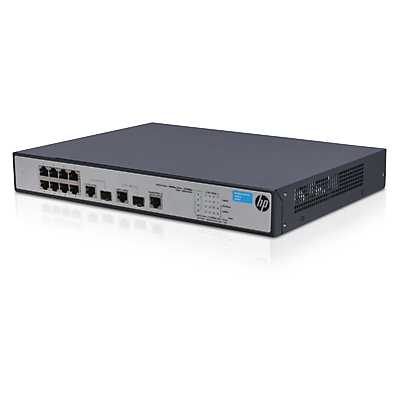 Hp 1910-8-Poe+ Switch - 8 Ports - Manageable - 8 X Poe+ - 2 X Expansion Slots - 10/100Base-Tx, 10/100/1000Base-T - Rack-Mountable
1 × AED1,299.00
Hp 1910-8-Poe+ Switch - 8 Ports - Manageable - 8 X Poe+ - 2 X Expansion Slots - 10/100Base-Tx, 10/100/1000Base-T - Rack-Mountable
1 × AED1,299.00  TP-LINK ADSL2+ ROUTER
1 × AED95.00
TP-LINK ADSL2+ ROUTER
1 × AED95.00  LIC-WISM2-200A Cisco WiSM2 License
1 × AED1,679,999.00
LIC-WISM2-200A Cisco WiSM2 License
1 × AED1,679,999.00 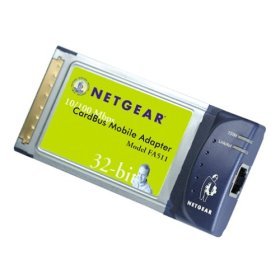 Netgear 10/100 Fast Laptop Card
1 × AED78.00
Netgear 10/100 Fast Laptop Card
1 × AED78.00  04 3550600
04 3550600 052 7036860
052 7036860
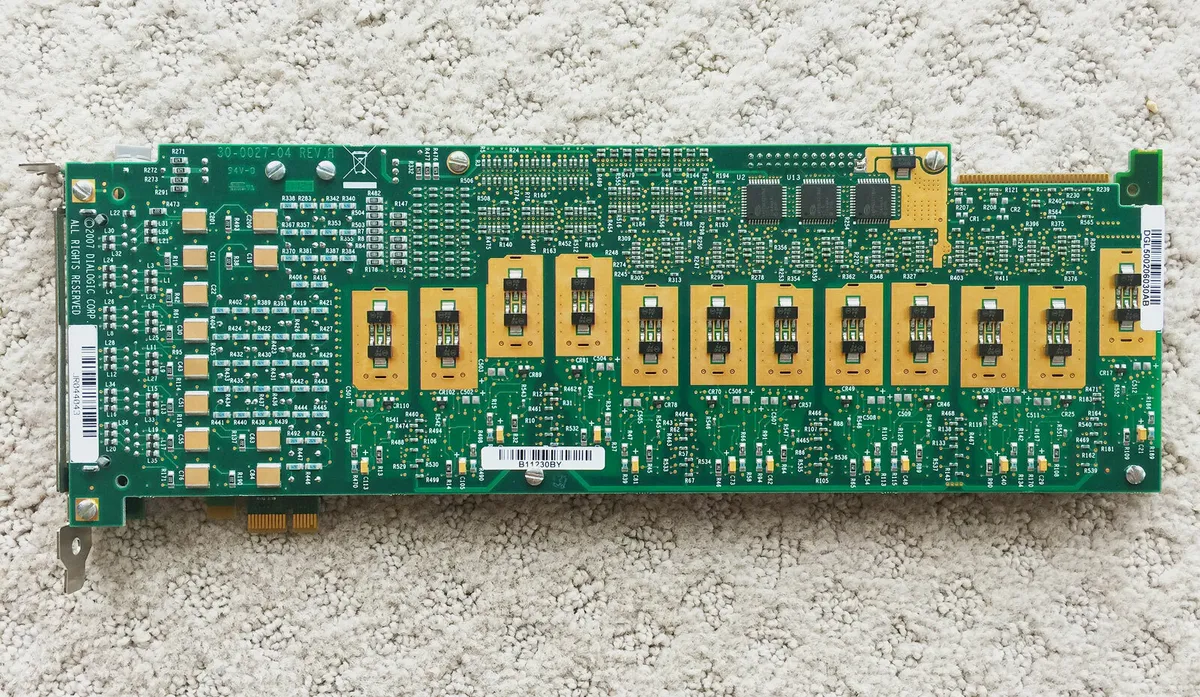
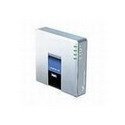
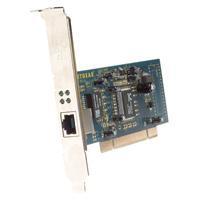



There are no reviews yet.